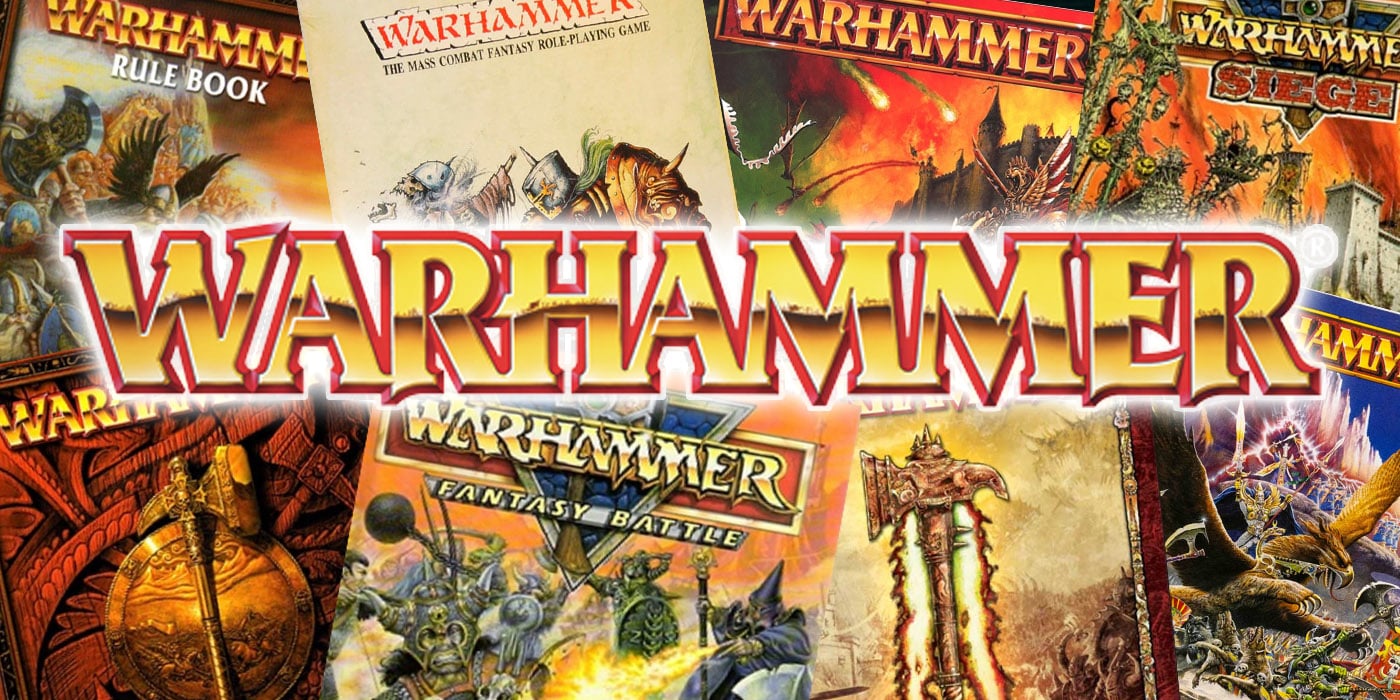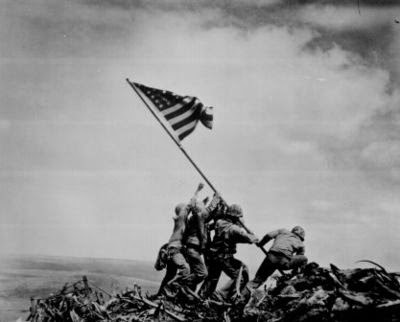WFB: It’s Time to Play – Part 4: Choosing the Scenario
4 Minute Read
Apr 26 2014

Advertisement
Scenarios can make or break a game almost as easily as the dice not rolling in your favour.
Except in tournaments where scenarios are pretty much a requirement, it is very easy to fall into the slump of always playing “pitched battles”. By far the easiest type of scenario and great of learning to play Warhammer “pitched battles” are also the most mundane in my opinion. Choosing the scenario you are going to play for your game is absolutely the easiest part of the game.
What is it?
 A scenario gives your army a reason to fight: you might “fight for glory, vengeance, justice or the act of slaughter itself” (page 140 WFB Rulebook). As with real battle, the idea is that aspects of scenarios vary: the landscape, the purpose, the best way to set up, how to win…and the GW Development Team has given us 6 ready to go right out of the rule book.
A scenario gives your army a reason to fight: you might “fight for glory, vengeance, justice or the act of slaughter itself” (page 140 WFB Rulebook). As with real battle, the idea is that aspects of scenarios vary: the landscape, the purpose, the best way to set up, how to win…and the GW Development Team has given us 6 ready to go right out of the rule book.Scenarios can be found in other books too: The Throne of Tamurkhan, the General’s Compendium (a little outdated now but still usable), and Storm of Magic to name a few. You can also create your own—as I have done on occasion for various tournaments or for campaigns.
How do you choose one?
GW has made it quite simple, roll a D6 and that will tell you which scenario you are to use for that battle. The best part is that if you are playing a casual game and you really don’t want to play it or it is the same scenario you played the last four times you can choose a different one.
GW has done all the work
For the scenarios provided in the rulebook GW has given us everything we need: it tells you if there are certain terrain features needed, what your deployment zone is, who gets first turn, how long to play for, how to know who wins and if there are any special rules for playing.
 Make sure you read everything, not just skim through it. One of the biggest mistakes with scenarios is people not reading the information properly and missing something. For example in the Watchtower scenario the Game length is often glazed over: the rulebook says “Roll a D6 at the end of each game turn, starting at the end of game turn 4….”(page 150) to determine when the game ends. Very, very few people remember this.
Make sure you read everything, not just skim through it. One of the biggest mistakes with scenarios is people not reading the information properly and missing something. For example in the Watchtower scenario the Game length is often glazed over: the rulebook says “Roll a D6 at the end of each game turn, starting at the end of game turn 4….”(page 150) to determine when the game ends. Very, very few people remember this.Writing Your Own Scenarios
Sometimes, like for tournaments and campaigns, you might want to write your own scenarios. Writing scenarios can be quite tricky, you have to balance what you want the victory conditions to be with how to accomplish the victory conditions. I like storyline scenarios best. A storyline scenario is like following the pages of a book: you start with one battle, then when that one is through you move on to the next scene and the next battle.
You have to balance your scenarios so that the rules you build are not over powered and affect the game too much or too little. To avoid that unfortunate situation when I write scenarios I usually have two or three people read them over to validate the rules and how they affect the various armies.
Don’t skip ahead
I can’t emphasize enough how important it is to read a scenario thoroughly. Many veteran players figure they know the scenarios from the rule book but even they are surprised when they sit down and read the details again, especially when they realize they missed something that would have changed the entire game.
 When I wrote scenarios for Kippers’ 2014 I wrote them around the existing scenarios from the rule book but also wrote in parts to encourage people to actually read everything and then told people to re-read the scenario package when they asked questions I very clearly answered if they actually read the package (ie specifying that only units with standards could hold objectives). The example from the Watchtower scenario I mentioned is another good example of a reason to make sure you pay attention to and really read a scenario.
When I wrote scenarios for Kippers’ 2014 I wrote them around the existing scenarios from the rule book but also wrote in parts to encourage people to actually read everything and then told people to re-read the scenario package when they asked questions I very clearly answered if they actually read the package (ie specifying that only units with standards could hold objectives). The example from the Watchtower scenario I mentioned is another good example of a reason to make sure you pay attention to and really read a scenario.Once you have chosen your scenario and read your scenario through you’re ready to begin your Deployment so come back next week when we talk about deploying units.
Author: Jen A
Advertisement






